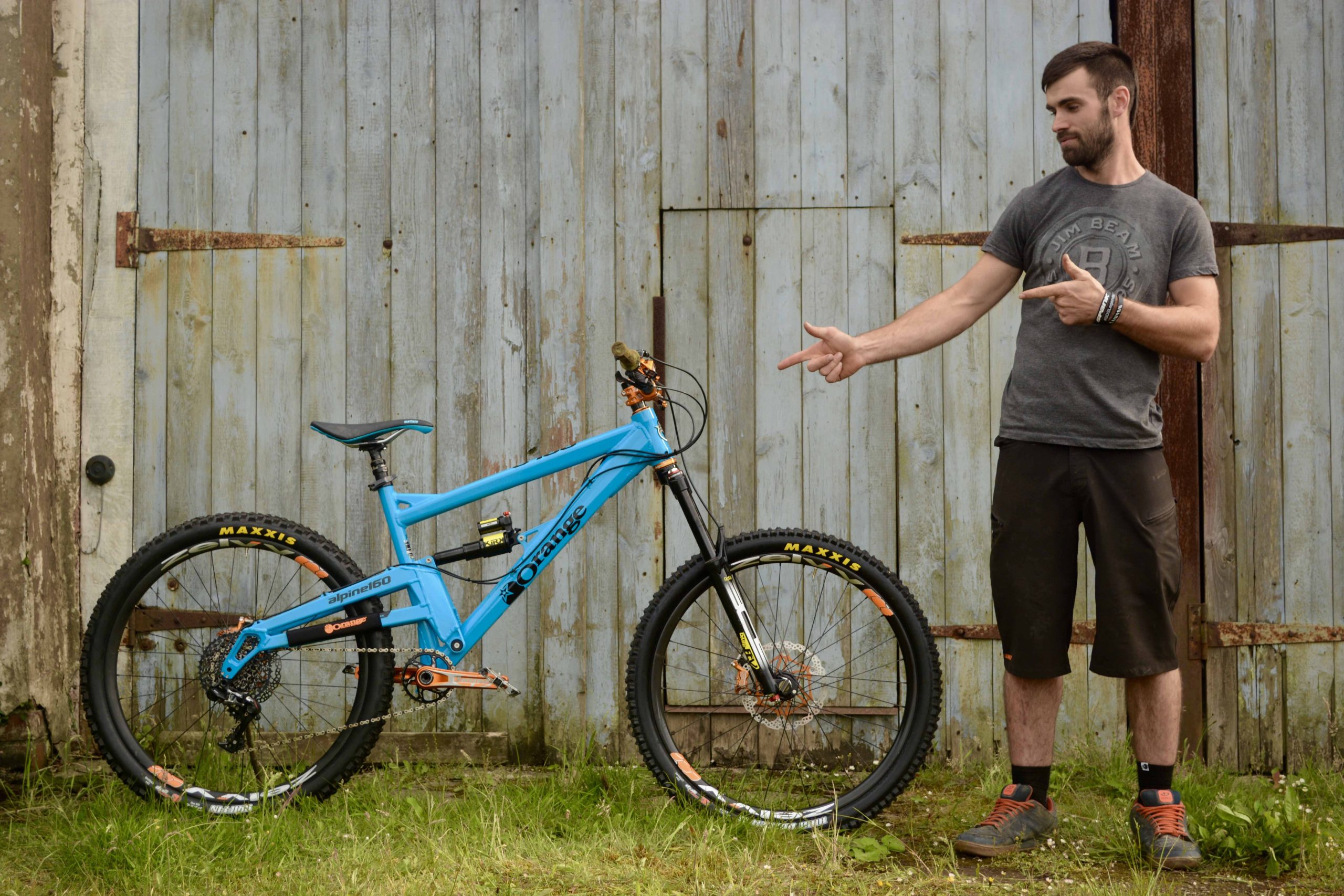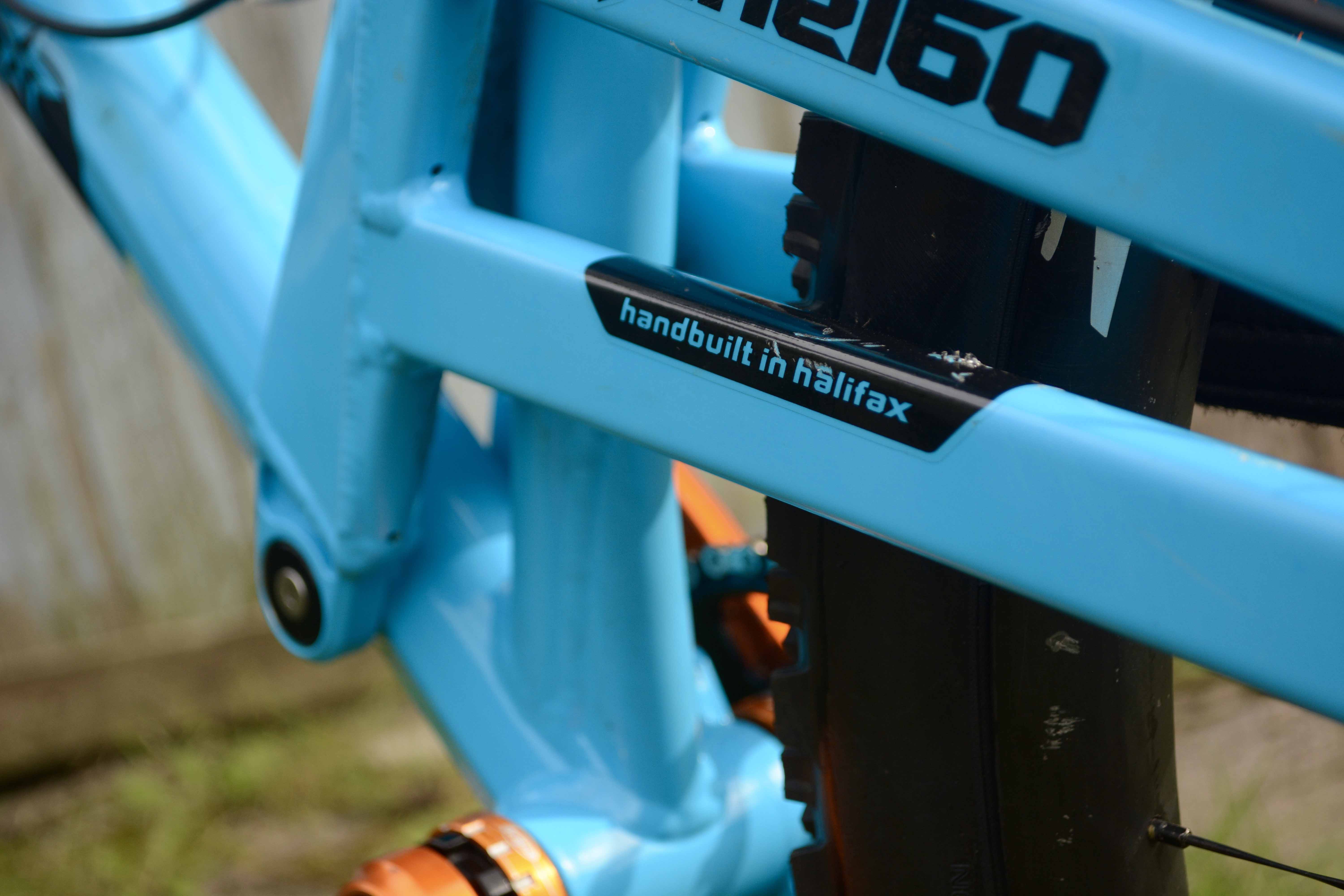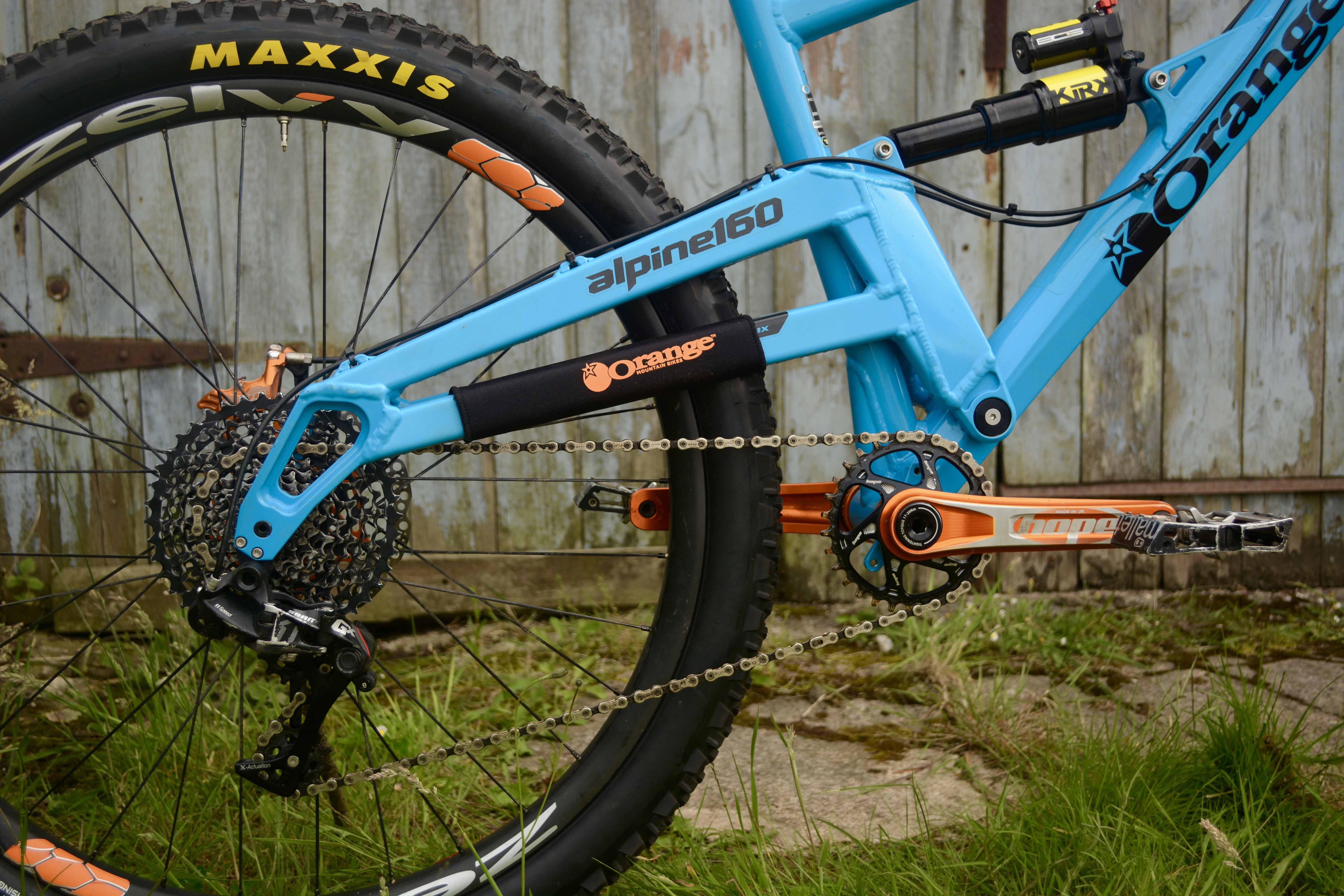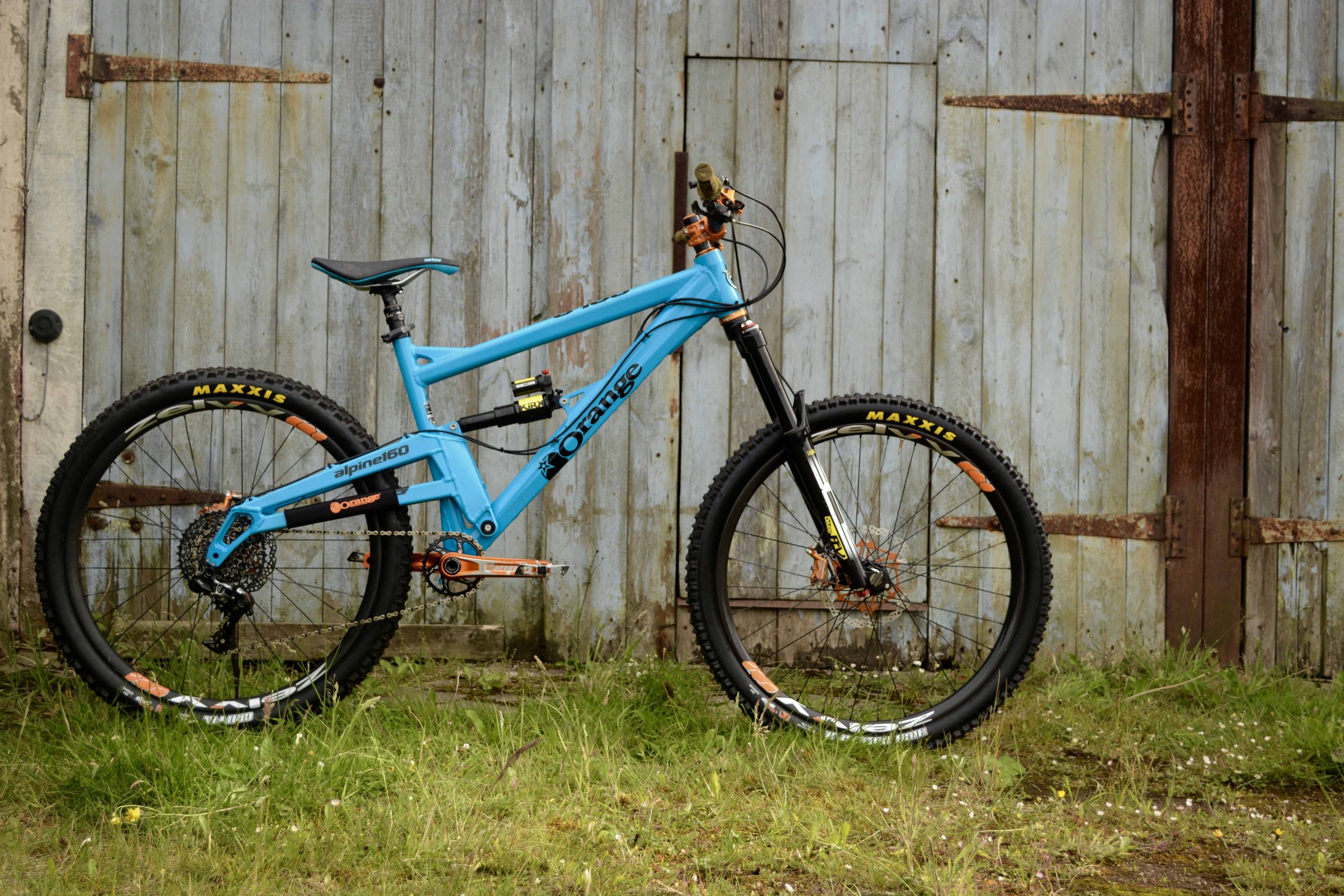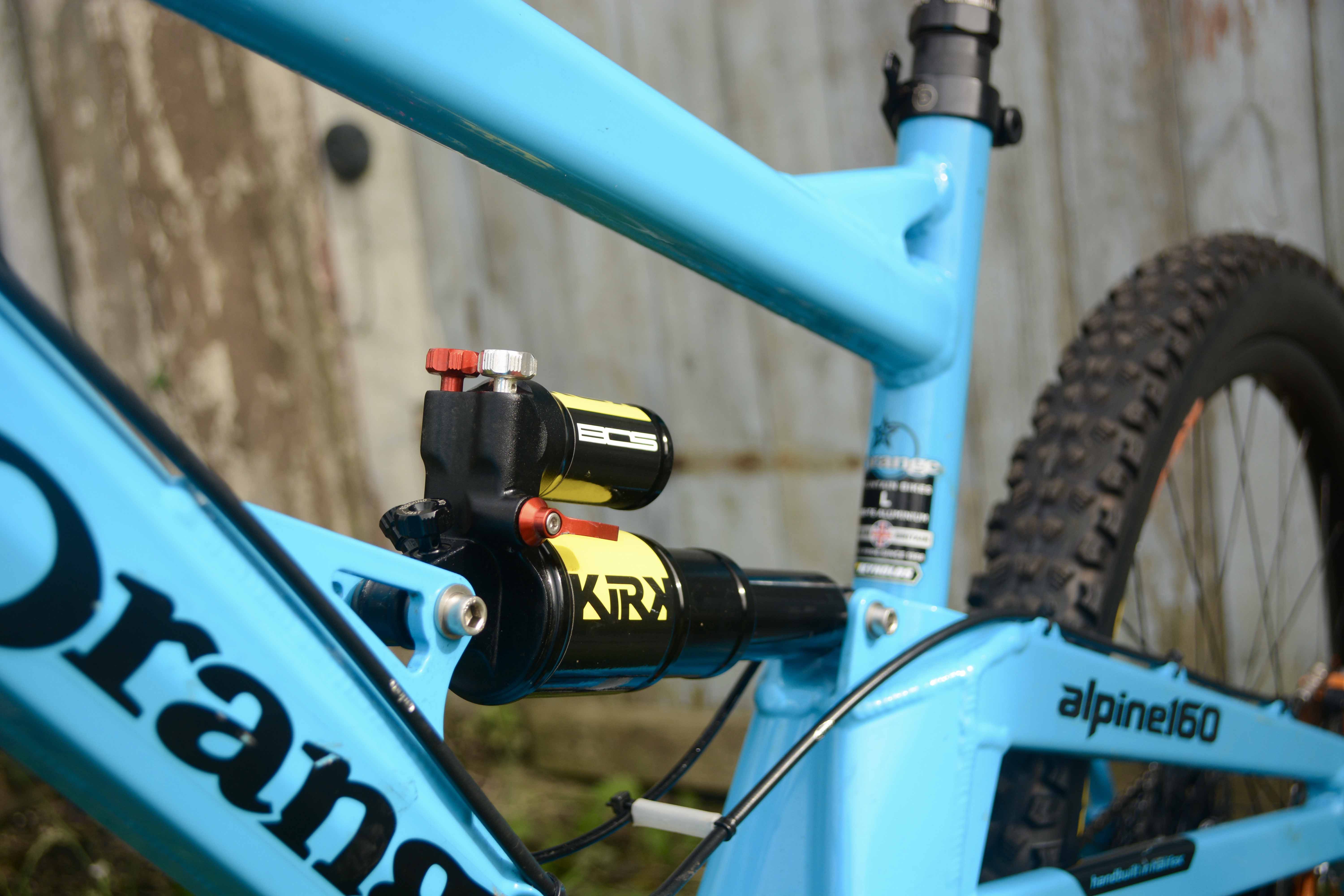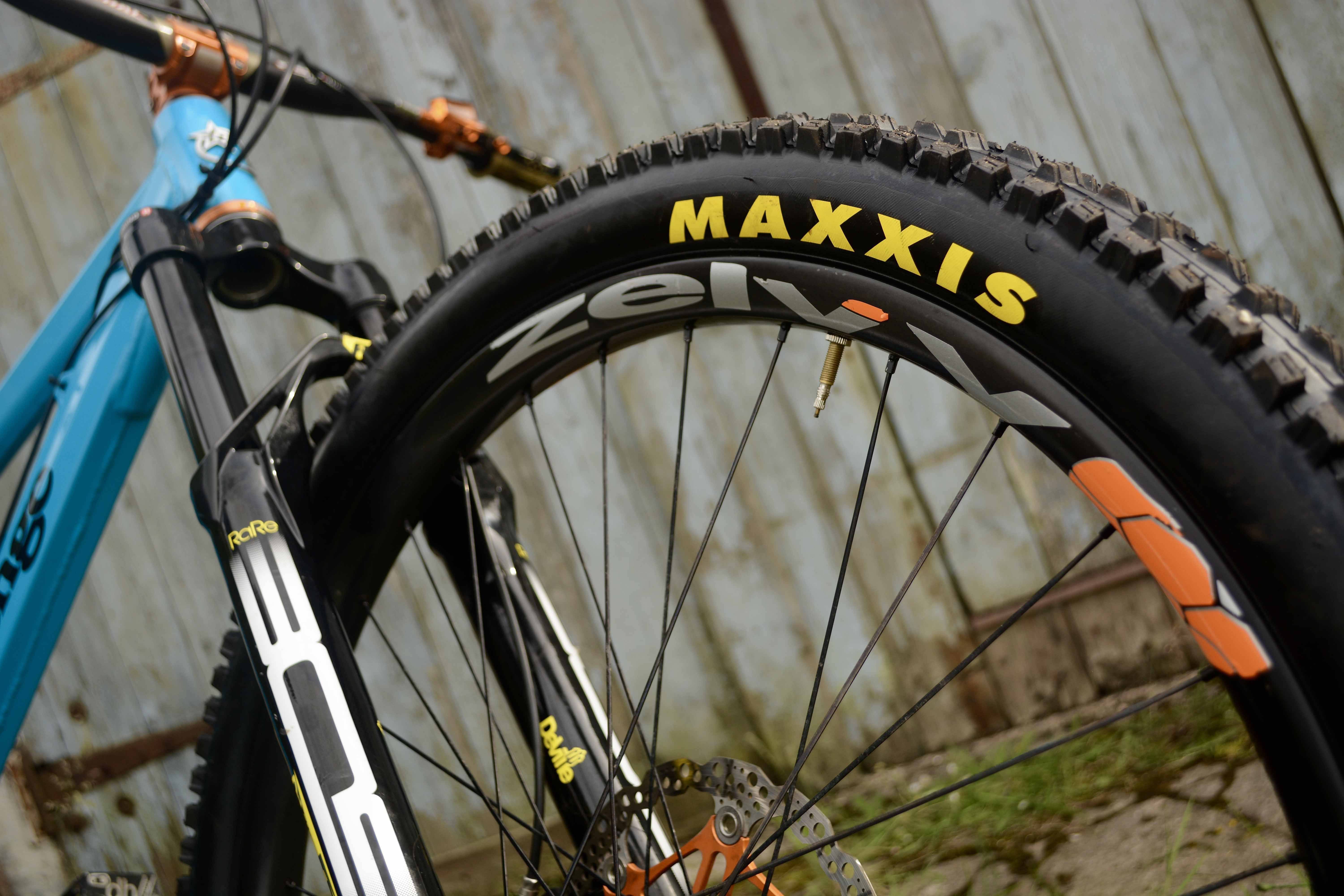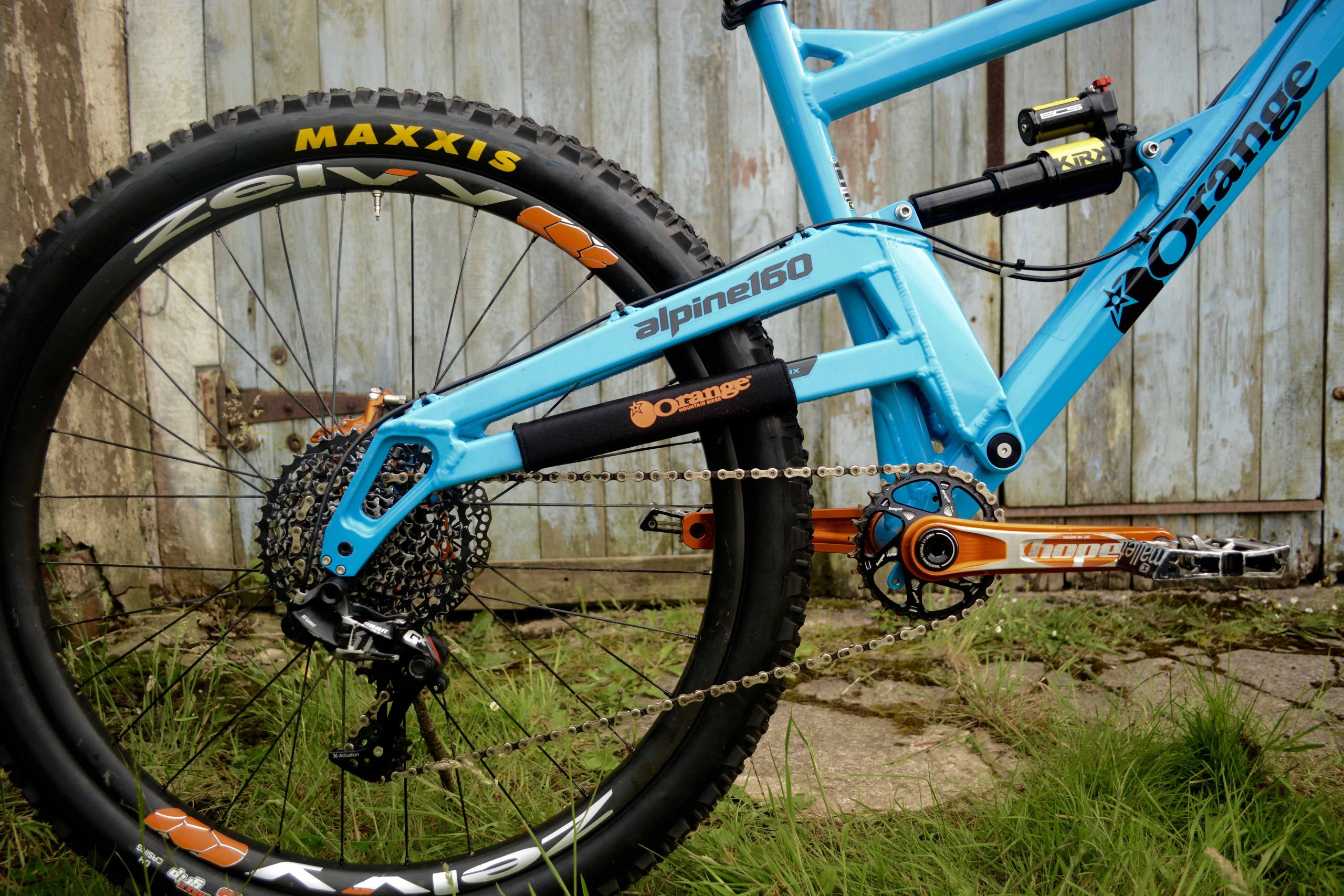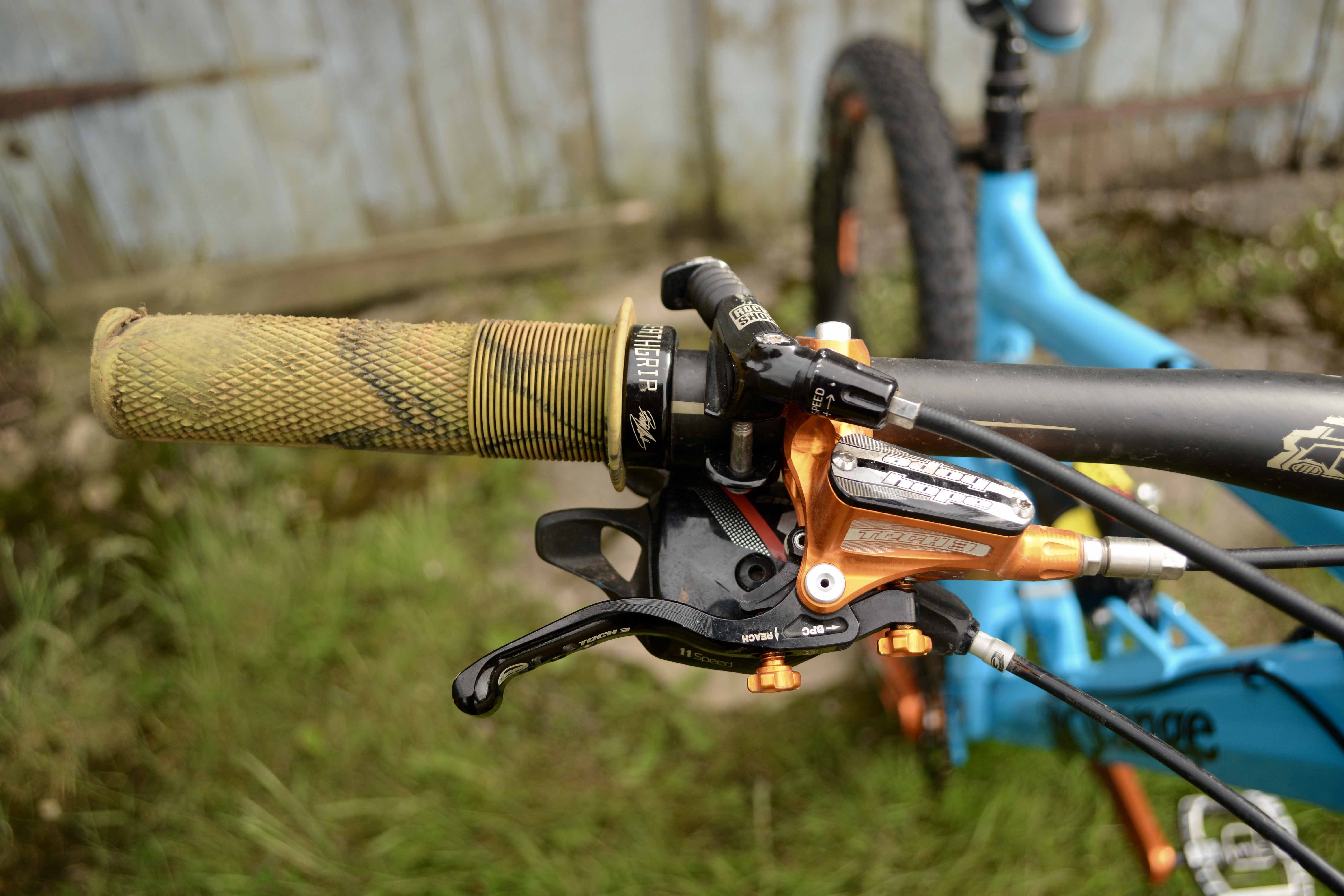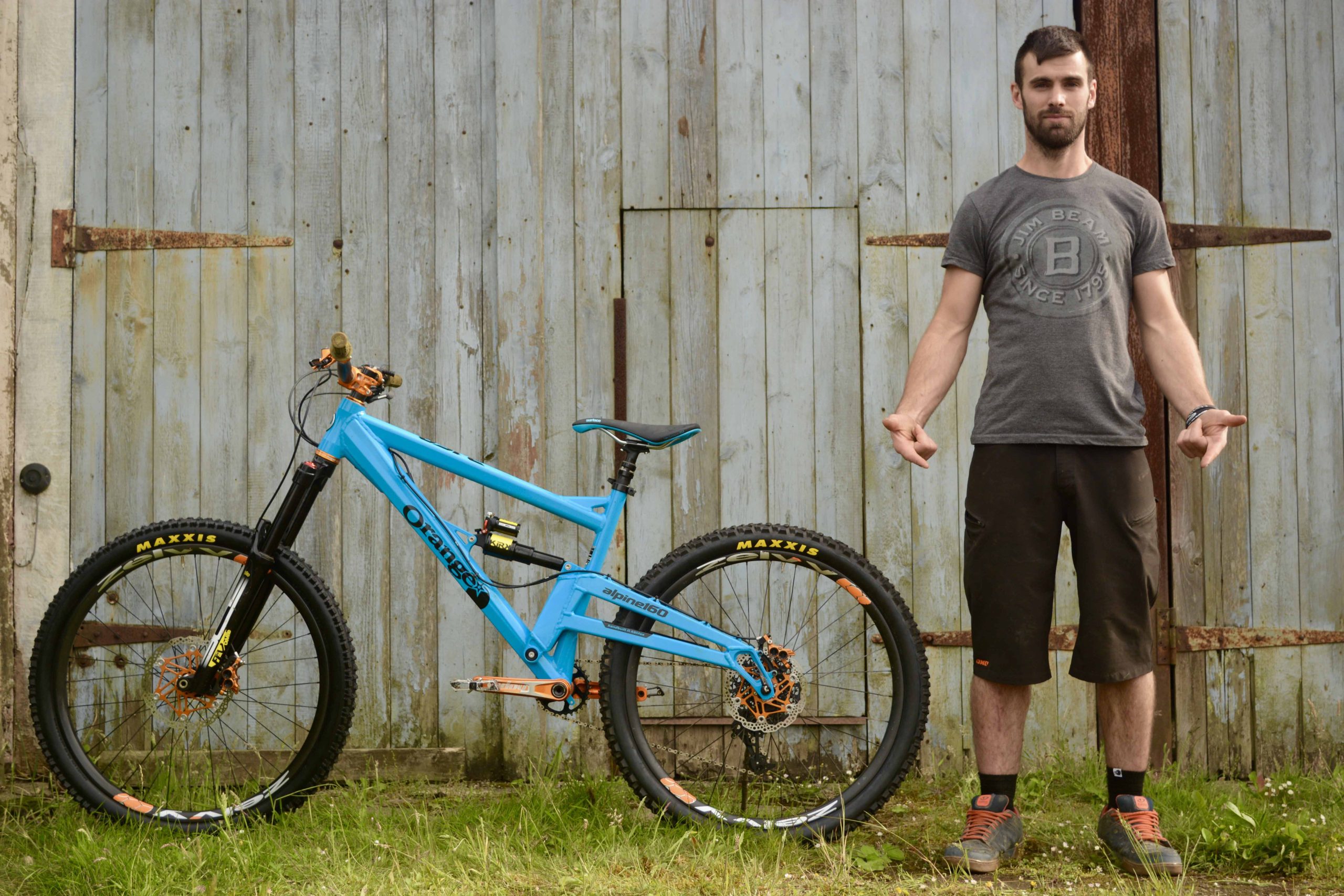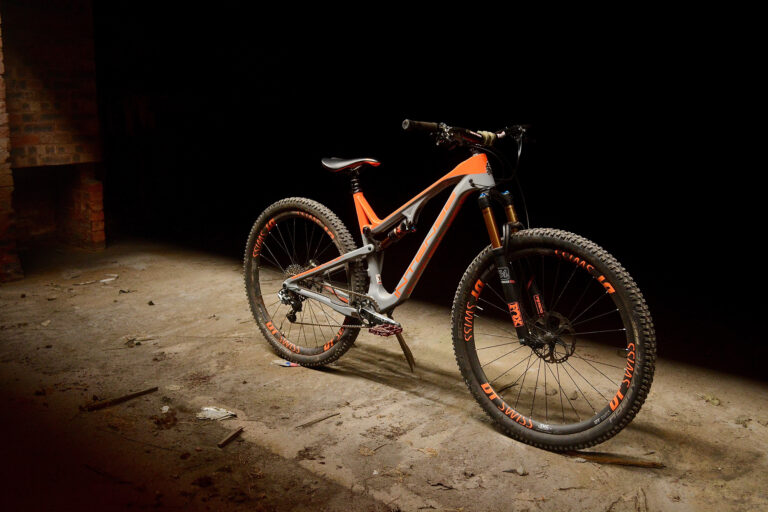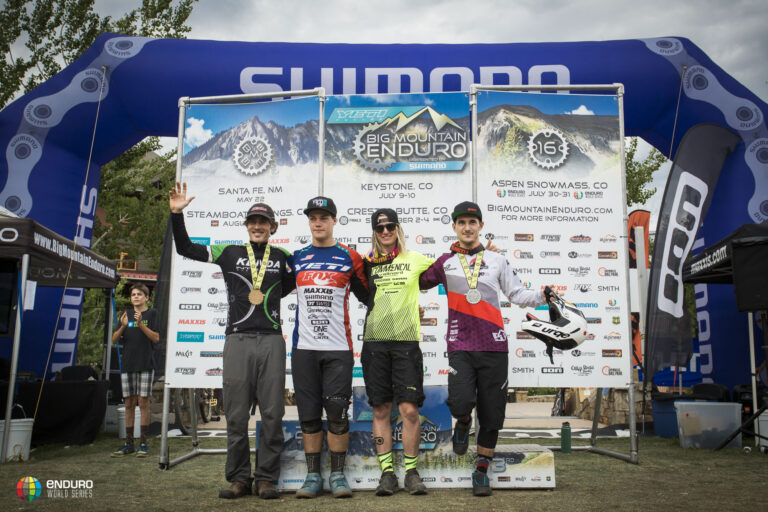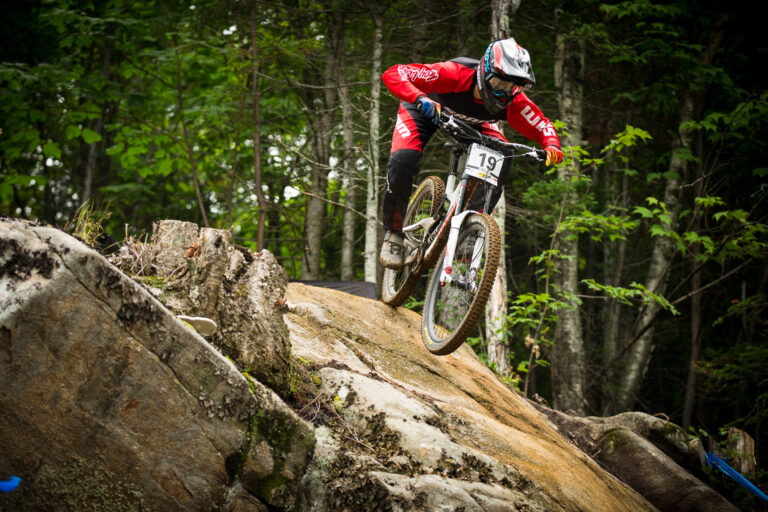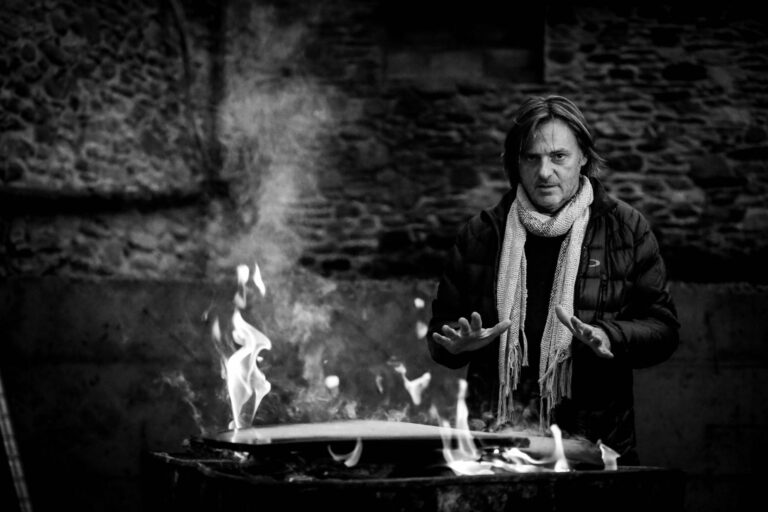‘Iron’ Ieuan Williams has been giving the Orange Alpine a working over for six months. The Crankworx finalist takes us through his build.
By: Ieuan Williams Photos: Callum Philpott
Choosing a bike is never an easy task to undertake. Deciding on a long term test bike for Dirt was pretty tough but a reasonably easy choice. What was I considering though when lining up my bike?
A full-on hard hitting enduro bike that needed to be reliable and strong was first and foremost on my list. Weight was not a top priority, I was undecided on carbon or aluminium and price….well it’s a test bike that I’d be riding many times a week, uplifting, travelling with and generally getting decked with different parts on a regular basis for shakedown purposes. For me there was only one place to go and that was to Orange for an Alpine 160.
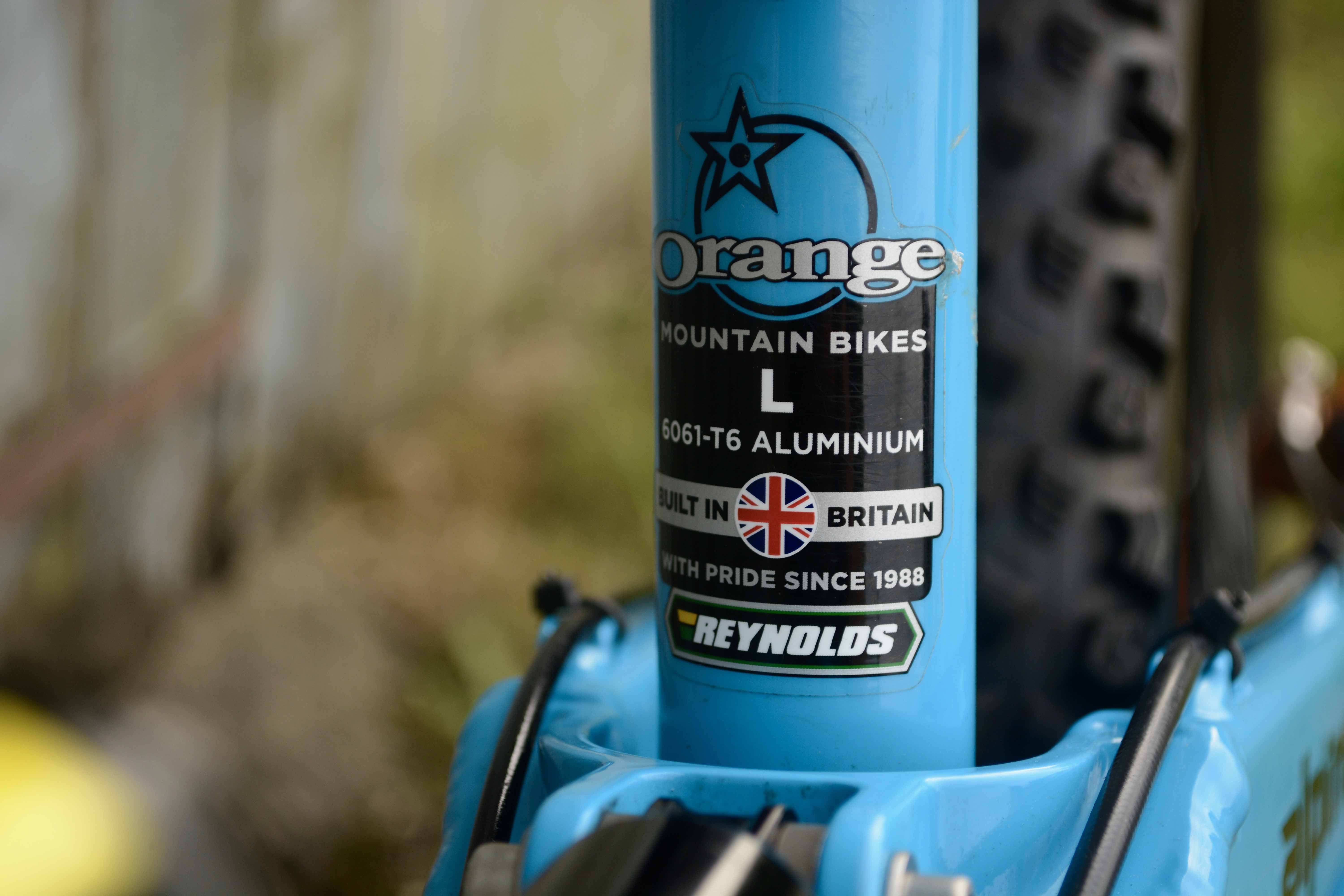
When considered on function there are not many frames that come close to this bike. The Alpine 160 stood out for me as a frame choice for its supreme reliability and predictable ride characteristic. To many people’s eyes it is not a beauty queen, as we’ve heard so many times, but as a tool to get the job done it’s exceptional.

